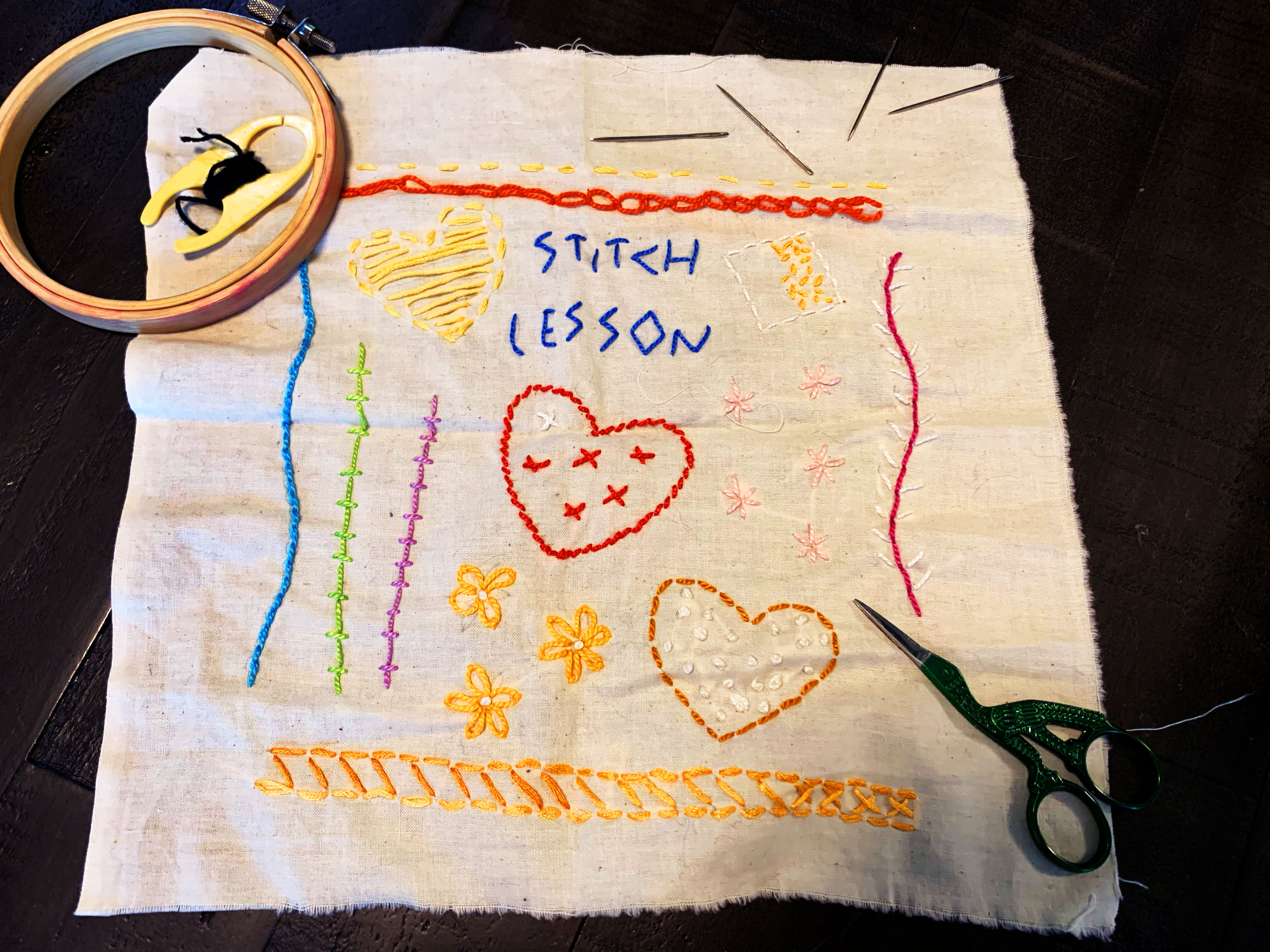Written by: Quinlan Elise | Photo Editor
From a Bachelor of Fine Arts student in her last term, here are the things I wish I did starting my first year at Western. Help out one’s future self, and thank me, and oneself, later.
Photograph pieces — One may not be told this until their final Spring term, but one will need at least one good photo of each finished artwork. Keep a collection of work, and photograph pieces at the end of each term on a flat surface with even lighting. A good camera is ideal, but smartphones do a great job now as well. One should save the photos into albums on one’s phone and have backups on a computer and Google Drive, just in case.
Creating an Instagram account dedicated to art can make it easier to document work, find shows and connect with other artists. It also becomes a fun digital photo album to look back on and see progress and growth over time.
Record pieces — Record piece names, dates finished, dimensions, mediums, brief descriptions, featured shows and current locations in a spreadsheet. This sounds like a lot at first, but it will save one time in the future when applying for shows, residencies and other programs.
Apply to shows — Even if one doesn’t think their work is “professional” enough, it is still worthwhile to put it out for the world to see. Follow local art organizations and galleries, and make a CaFÉ, or Call for Entry, account to keep an eye out for upcoming shows. Submit work to the Northwest Passage, Western’s Art and Literature Magazine, for a chance to be published. Anything one can add to one’s resume is worth the effort.
Make connections — One of the best things about Western is its small class sizes. There are so many opportunities to get to know fellow artists through shared classes and mediums. The professors tend to be wonderful people and happy to help. Don’t be afraid to reach out to them.
After graduating, it will be much harder to find a place where one can meet people who will look at their work with an artistic, knowledgeable eye. A regular meeting of artists to critique and bounce ideas off each other is an incredibly valuable resource. Connections are so important to both personal and professional growth and future endeavors.
Try all of the mediums offered — Even if one has a preferred medium now, there are so many fun classes to try in the Art & Design program and beyond. One may find a new passion, and one’s overall creativity and art practice will improve by learning new things elsewhere.
Additionally, getting familiar with digital elements like Adobe, Procreate, photography, design and editing is very helpful for the art business.
Actually go to classes — Contrary to what people may tell one about other subjects, it is vital to go to classes in person. Studio classes provide beneficial practice time, and one’s art will improve with more time focused on it. One will receive much more valuable feedback and make stronger connections as well.
Take lots of other pictures — One should keep an album in their phone of things that interest them. Having a special folder for references and inspiration is helpful when one feels like they are out of ideas or drained from a heavy workload.
Keep pieces safe — Make portfolios and boxes from cardboard; use plastic bags; find storage solutions. Everyone’s art is important, as is saving progress.
Display one’s art in living spaces. This will create a more personal, inspirational and motivational home.
Use free resources — Check out an iPad, camera and other equipment from Hamersly Library, if interested. Utilize the Copy Center, Writing Center, Student Health and Counseling Center, Food Pantry, Peter Courtney Health and Wellness Center and other programs. Apply to campus art shows; send work to the Northwest Passage; ask friends for help and offer help in return.
Enjoy oneself — Make sure to take a step back from time to time. College is hard, and art classes have heavy workloads, but people and their art grow so much during their time in school. Don’t stress too much about being good at things right away. Trust oneself to get better over time and one will find that they will. Keep an open mind and be open to opportunities for growth. Appreciate one’s surroundings, friends and the fact that one can take art classes in college. By having courage, confidence and humility, one can get far in life.
Contact the author at howlphotoeditor@wou.edu




